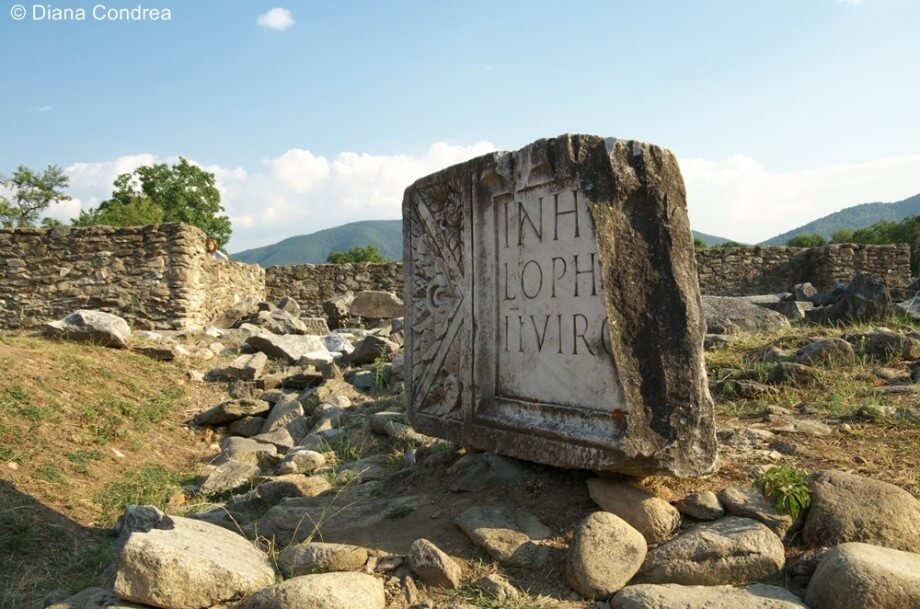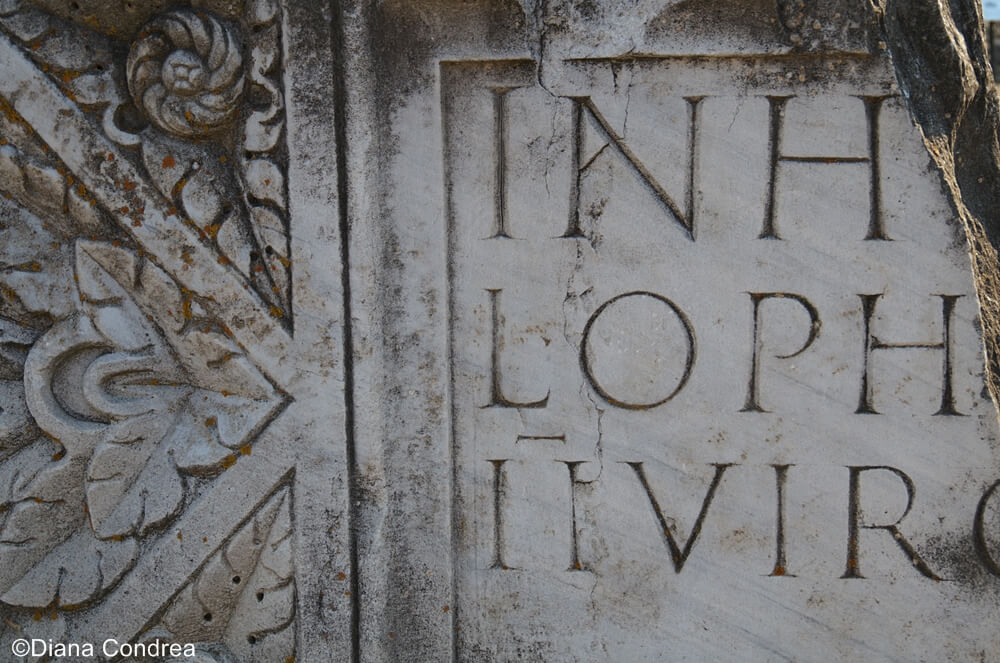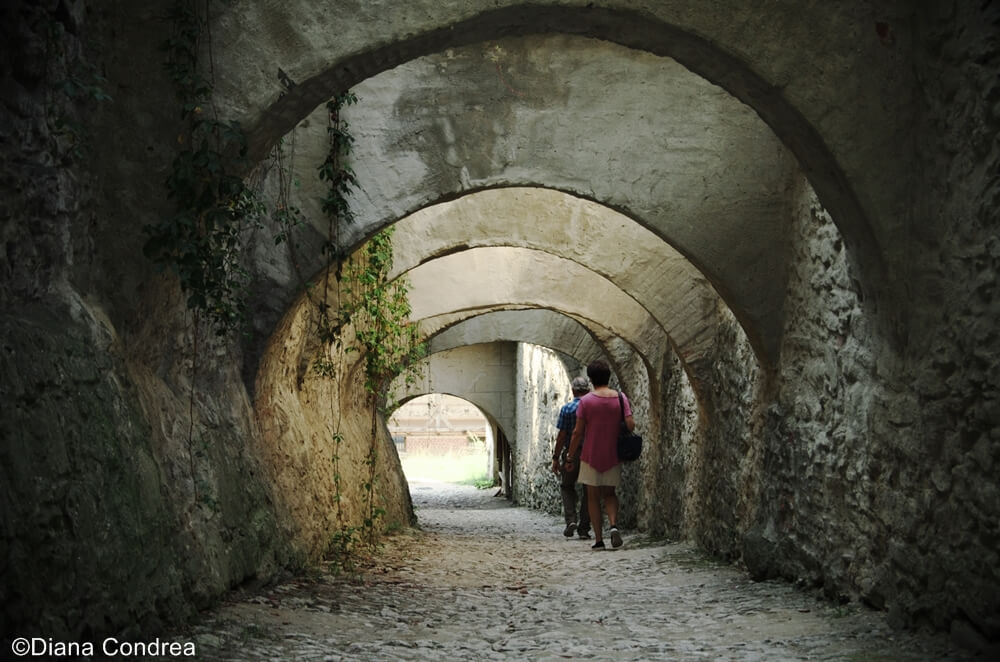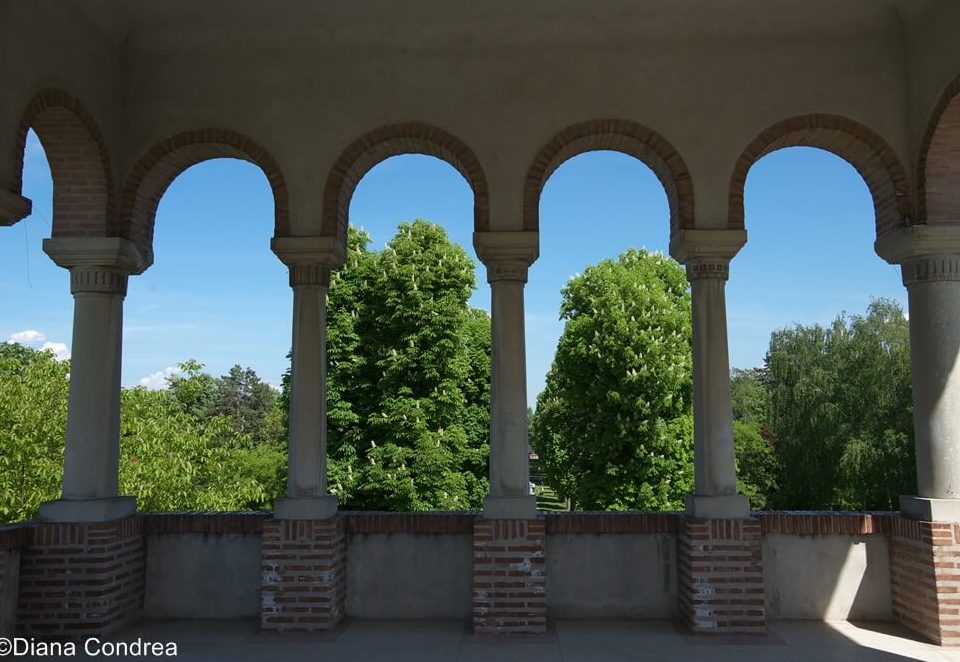The Millennial Capital: Ulpia Traiana Sarmizegetusa
Ulpia Traiana Sarmizegetusa is one of the attractions from our tours in Transylvania.
The ruins of the ancient capital Ulpia Traiana Sarmizegetusa are a great destination for history enthusiasts and an excellent starting point for a longer tour in Transylvania. Their story starts almost 2,000 years ago, shortly after the Roman Empire conquered Dacia at the end of two decisive wars (101-102 AD and 105-106 AD).

Ruins of Ulpia Traiana Sarmizegetusa
The Roman capital marks the triumph over ancient Dacia
The capital’s name honors the victorious Roman emperor, Trajan, but also includes the old Dacian capital name, Sarmizegetusa Regia. Located only 40 km away, this landmark is a UNESCO Site and a must-see if you want to discover more ancient ruins.
The city received from the start the privileged status of colonia and later the ius italicum that granted rights similar to those on Italian land, including an increased autonomy and several tax exemptions. The capital even became a metropolis a few decades before the Roman retreat south of the Danube.

Visitors at Ulpia Traiana Sarmizegetusa
The capital had a strategic location on the imperial road that connected the Roman legions south of the Danube with the northern part of the province. The road passed through the ancient cities the ancient cities of Apulum, Potaissa, and Napoca, before reaching Porolissum.
Between 20,000 and 30,000 people lived in this ancient capital
The veterans of the Dacian wars were the first to settle in the new capital that remained inhabited until the 5th century. During its peak time, it was one of the medium-sized cities of the Roman Empire.
The city had an approximate surface of 33 hectares, surrounded by walls of 500 and 600 meters long. Outside the fenced area, it extended on a surface of 60-80 hectares with many private and public houses.
Eventually, Ulpia Traiana Sarmizegetusa was partially destroyed by the massive invasions of migrant tribes. For centuries, it served as a rich local resource of construction material, including for old churches like Densus, Pesteana, and Santamarie Orlea.

Ancient inscription
What remains after nearly 2,000 years
The archeological research started only at the end of the 19th century and has continued sporadically ever since. A child’s footprint marked on brick is one of the latest major discoveries. Just 5% of the territory was explored until today.
Only the ruins of the amphitheater with a capacity of 5,000 people, parts of the forum, and fragments of temples of various gods are still preserved. You can see more vestiges discover by archaeologists at the museum located across the street.

The ruins of an ancient well
Ulpia Traiana Sarmizegetusa brings to the present pieces from the legacy of the triumphant Roman Empire in ancient Dacia. For a bigger picture of this historical episode, visit also the Dacian ruins from the Orastiei Mountains.
Where to stay
We recommend the guest houses Dor de Casa, Dumbravita, and Casa Canda, all only one short drive away.
Travel tips
The nearby Retezat National Park is a must if you want to hike in the wilderness.
The impressive Gothic-style Corvin Castle is only a short drive away.
For the visiting schedule, check the Dacian and Roman Civilization Museum.
Ulpia Traiana Sarmizegetusa is one of the attractions from our tours in Transylvania.







